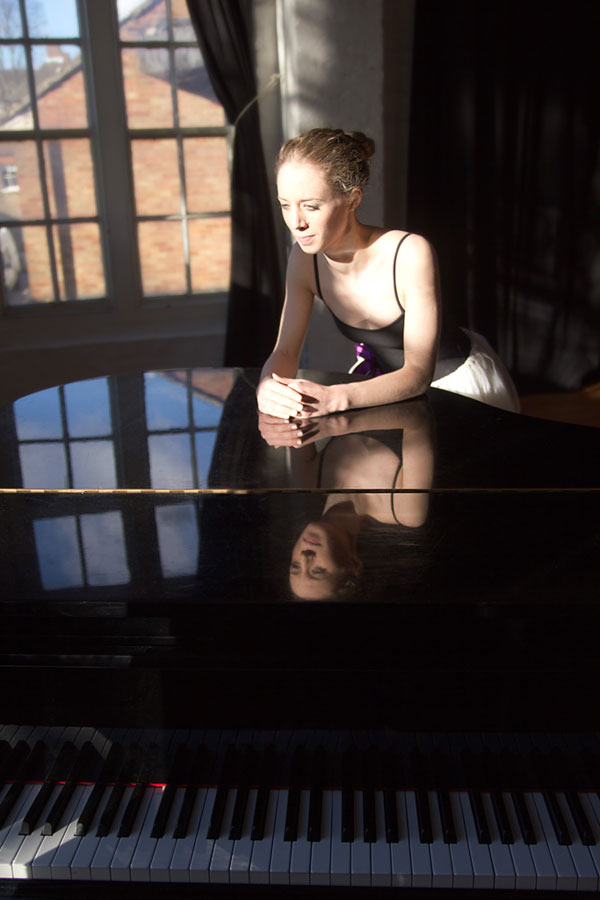 “Look at her beautiful feet.” “What fabulous extension he has.”
“Look at her beautiful feet.” “What fabulous extension he has.”
It isn’t uncommon to hear these kind of comments when viewing a hyper-mobile dancer. Particularly in ballet the hyper-mobile limbs are sought after as the lines created are more aesthetically pleasing. Whilst a hyper-mobile dance can become highly accomplished, it is imperative that they learn to control their limbs and gain the strength in their muscles to be able to hold positions safely.
French ballerina, Sylvie Guillem is a hyper mobile dancer, however she has also gained muscular strength to enable her to perform challenging and breathtaking choreography, without damaging her body and allowing her to continue performing into her late 40s (she is currently 49 and still performing).
Hyper mobile dancers are fairly susceptible to injury and as such many never make it to professional level, dropping out during training due to injury. It is therefore imperative that dance teachers are able to spot a hyper mobile dancer and assist them with ensuring they are correctly aligned through the legs and pelvis, not pushing back into the knees; pulling up between the legs in first position and ensuring the supporting leg in anything such as développé or arabesque is full stretched. This becomes even more important when the dancer then moves onto pointe, ensuring the alignment is correct through the legs and that the ankles are strong enough to support the dancer. I have spoken to hyper mobile dancers whose posture and alignment was not corrected at a young age and after 10+ years of training are now experiencing high incidences of injury as a result.
Proprioception (the ability to feel the body’s position in space and relative to other body parts) is also reduced in a dancer with hyper mobile limbs. This may mean that they cannot feel when their leg is fully stretched, when their arm reaches the end of the range of motion or possibly where the correct 2nd position of the arms is without looking. There are many exercises that can be done to increase proprioception, including the use of a wobble board, tennis balls beneath the feet during tendus and many more, depending on the area of the body being worked on. The body needs to feel some tangible feedback to know at what point to hold the position.
As mentioned above, it is also important to increase muscular strength in order to be able to safely hold positions, working both the agonist and antagonist muscles to avoid muscular imbalances by working one more than the other. Hyper mobility can be a great asset in dance but can also be a danger to the dancer if control is not learnt. By creating more strength and control the dancer can reduce the chance of injury.
Photos by Philip Payne Photography
Editor’s note: Check out another piece by Claire, Anxiety and the dancer, on her website Dance Longer, Dance Stronger!

 Claire started dance classes at the age of 5, taking classes in ballet, modern and jazz and continued until the age of 13. After a short break from dance she then returned to dance at 16 with tap, contemporary, jazz and ballet and continued on to study BA (hons) Dance Studies at Roehampton University, London. Claire has always been very interested in how dance can improve your health both mentally and physically for professional dancers and people new to dance. She is currently studying Msc Dance Science at Trinity Laban Conservatoire of Music and Dance, London. Find out more about Claire at
Claire started dance classes at the age of 5, taking classes in ballet, modern and jazz and continued until the age of 13. After a short break from dance she then returned to dance at 16 with tap, contemporary, jazz and ballet and continued on to study BA (hons) Dance Studies at Roehampton University, London. Claire has always been very interested in how dance can improve your health both mentally and physically for professional dancers and people new to dance. She is currently studying Msc Dance Science at Trinity Laban Conservatoire of Music and Dance, London. Find out more about Claire at 
